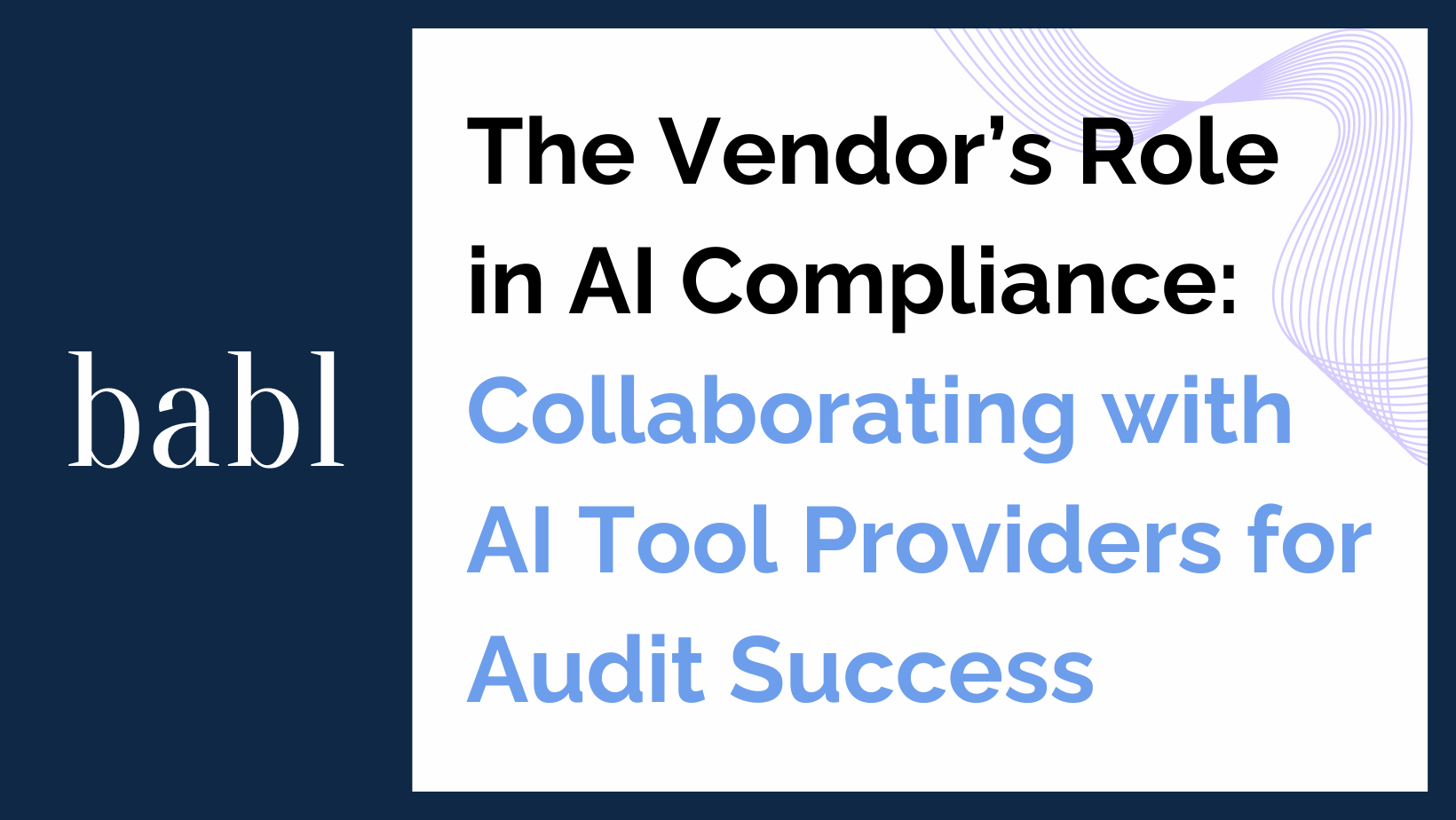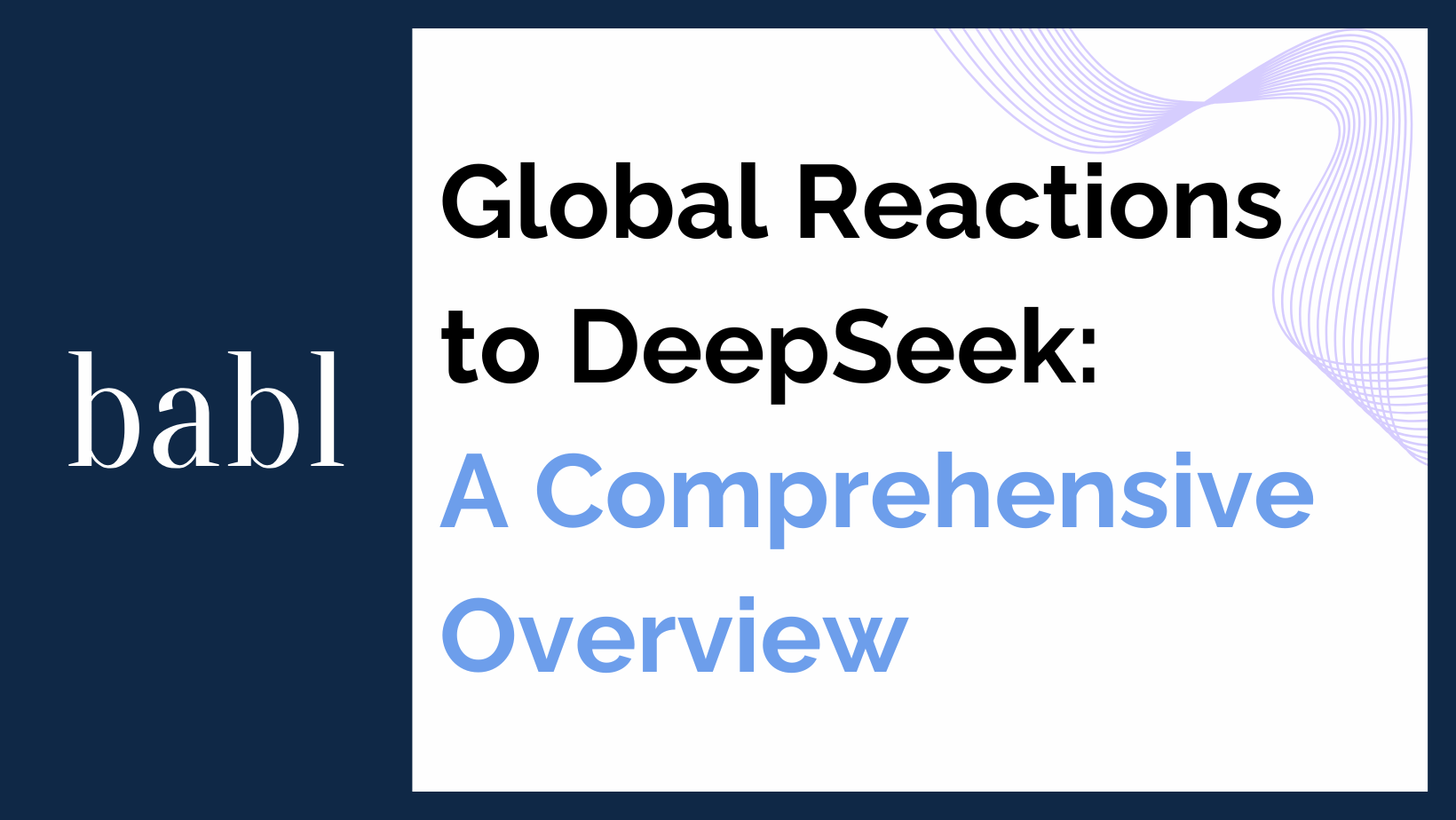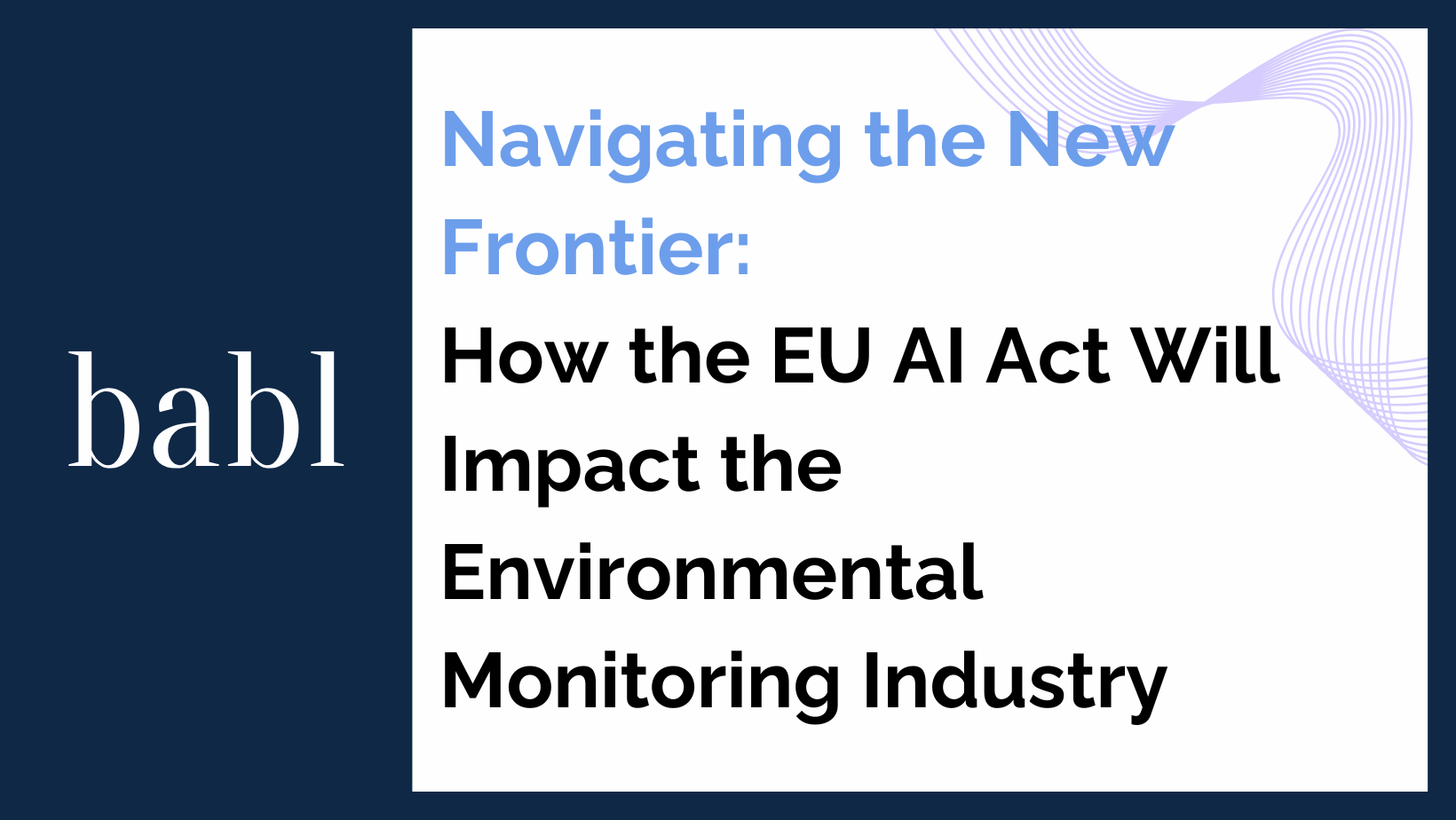The integration of Artificial Intelligence (AI) in business operations, especially in human resources (HR), has revolutionized processes, improved efficiency, and enhanced decision-making. However, with the rapid adoption of AI tools, regulatory bodies are increasingly focused on ensuring these technologies are used ethically and comply with legal standards. One such regulation is New York Local Law 144, which mandates bias audits for Automated Employment Decision Tools (AEDTs) used in hiring and promotions.
To navigate the complexities of AI compliance, businesses must effectively collaborate with their AI tool vendors. This blog post explores the vendor’s role in AI compliance and provides insights on how businesses can work with AI tool providers to ensure legal compliance and optimize the audit process.
Understanding AI Compliance and the Vendor’s Role
AI compliance involves adhering to regulations and guidelines that govern the use of AI technologies. These regulations aim to ensure that AI systems are fair, transparent, and free from bias. For businesses, this means conducting regular audits of their AI tools to identify and mitigate potential biases and ensure the ethical use of AI.
Vendors play a crucial role in this process. As providers of AI tools, they are responsible for ensuring their products meet regulatory standards and provide accurate, unbiased results. By collaborating closely with vendors, businesses can streamline the audit process, maintain compliance, and build trust with stakeholders.
Key Steps for Effective Collaboration with AI Tool Vendors
-
Establish Clear Communication Channels
-
- Open Dialogue: Maintain open lines of communication with your AI tool vendor. Regular meetings and updates help ensure both parties are aligned on compliance requirements and audit processes.
-
- Point of Contact: Designate specific points of contact within your organization and the vendor’s team. This facilitates efficient information exchange and quick resolution of any issues.
-
Define Compliance Requirements
-
- Regulatory Knowledge: Ensure that both your organization and the vendor are well-versed in relevant AI regulations. This includes understanding the specifics of laws like New York Local Law 144 and other applicable regulations.
-
- Compliance Documentation: Work with your vendor to create comprehensive documentation outlining compliance requirements. This should include details on data collection, processing, and audit procedures.
-
Develop a Robust Data Governance Framework
-
- Data Sharing Agreements: Establish clear data sharing agreements with your vendor. These agreements should outline how data will be shared, stored, and used for audits while ensuring data privacy and security.
-
- Data Quality and Integrity: Ensure that the data used for audits is accurate, complete, and representative. Collaborate with your vendor to implement data quality checks and validation processes.
-
Implement Regular Bias Audits
-
- Audit Frequency: Determine the frequency of bias audits based on regulatory requirements and your organization’s needs. Regular audits help identify and address biases promptly.
-
- Independent Auditors: Engage independent auditors to conduct bias audits. This ensures impartiality and enhances the credibility of the audit results.
-
Leverage Vendor Expertise
-
- Technical Support: Utilize the vendor’s technical expertise to optimize the audit process. This includes leveraging their knowledge of AI algorithms, data analytics, and bias mitigation techniques.
-
- Training and Education: Work with your vendor to provide training and education to your team on AI compliance and audit procedures. This helps build internal expertise and ensures everyone is aligned on compliance goals.
-
Monitor and Report Compliance Progress
-
- Compliance Dashboards: Implement compliance dashboards to monitor and report on audit progress and results. This provides a real-time view of compliance status and helps identify areas for improvement.
-
- Stakeholder Reporting: Regularly update stakeholders on compliance efforts and audit outcomes. Transparent reporting builds trust and demonstrates your commitment to ethical AI use.
The Benefits of Effective Collaboration with AI Tool Vendors
-
Streamlined Compliance Process
-
- Efficiency: Effective collaboration with vendors streamlines the compliance process. Clear communication, defined requirements, and regular audits ensure compliance efforts are efficient and effective.
-
- Reduced Risk: By working closely with vendors, businesses can identify and mitigate potential compliance risks early. This reduces the likelihood of non-compliance and associated penalties.
-
Improved Audit Outcomes
-
- Accuracy: Leveraging vendor expertise and high-quality data ensures audit results are accurate and reliable. This enhances the credibility of compliance efforts and builds trust with stakeholders.
-
- Actionable Insights: Regular audits provide actionable insights into potential biases and areas for improvement. Businesses can use these insights to refine their AI tools and ensure fair and ethical AI use.
-
Enhanced Trust and Reputation
-
- Transparency: Transparent compliance efforts and regular reporting build trust with stakeholders, including employees, customers, and regulators. This enhances your organization’s reputation and demonstrates your commitment to ethical AI use.
-
- Competitive Advantage: Proactively addressing AI compliance and building trust with stakeholders provides a competitive advantage. Businesses that prioritize ethical AI use are more likely to attract and retain customers and employees.
Case Study: Successful Collaboration for AI Compliance
Consider a hypothetical case study of a large corporation using an AI-powered hiring tool provided by a vendor. The corporation operates in New York City and must comply with Local Law 144, which mandates bias audits for AEDTs.
Step 1: Establishing Clear Communication Channels
The corporation designates a compliance officer as the point of contact with the vendor. Regular meetings are scheduled to discuss compliance requirements, audit processes, and any issues that arise.
Step 2: Defining Compliance Requirements
The corporation and vendor collaborate to create detailed compliance documentation. This includes regulatory requirements, data sharing agreements, and audit procedures.
Step 3: Developing a Robust Data Governance Framework
The corporation and vendor establish data sharing agreements that outline how data will be collected, stored, and used for audits. Data quality checks and validation processes are implemented to ensure data integrity.
Step 4: Implementing Regular Bias Audits
Independent auditors are engaged to conduct bias audits regularly. The corporation works with the vendor to provide the necessary data and technical support for the audits.
Step 5: Leveraging Vendor Expertise
The vendor provides training and education to the corporation’s HR team on AI compliance and audit procedures. Technical support is offered to optimize the audit process and address any issues.
Step 6: Monitoring and Reporting Compliance Progress
Compliance dashboards are implemented to monitor and report on audit progress and results. Regular updates are provided to stakeholders, including employees, customers, and regulators.
Outcome: Successful Compliance and Enhanced Trust
Through effective collaboration with the vendor, the corporation successfully complies with Local Law 144. Regular audits provide actionable insights, leading to improvements in the AI hiring tool. Transparent reporting builds trust with stakeholders, enhancing the corporation’s reputation and demonstrating its commitment to ethical AI use.
Conclusion: The Path to Successful AI Compliance
In conclusion, effective collaboration with AI tool vendors is essential for ensuring compliance with legal standards and optimizing the audit process. By establishing clear communication channels, defining compliance requirements, developing robust data governance frameworks, implementing regular bias audits, leveraging vendor expertise, and monitoring and reporting compliance progress, businesses can streamline the compliance process, improve audit outcomes, and build trust with stakeholders.
As AI continues to transform business operations, prioritizing ethical AI use and compliance with regulations is crucial. By working closely with vendors and adopting best practices for AI compliance, businesses can navigate the complexities of AI regulation, mitigate risks, and leverage AI technology responsibly and ethically.
For businesses looking to stay ahead of AI compliance, proactive collaboration with vendors is key. By taking a strategic approach to AI compliance and prioritizing transparency, fairness, and ethical AI use, businesses can build trust, enhance their reputation, and gain a competitive edge in the market.
Key Takeaways:
- Establish clear communication channels with AI tool vendors.
- Define compliance requirements and create comprehensive documentation.
- Develop a robust data governance framework and establish data sharing agreements.
- Implement regular bias audits and engage independent auditors.
- Leverage vendor expertise for technical support and training.
- Monitor and report compliance progress to stakeholders.
By following these steps and prioritizing effective collaboration with AI tool vendors, businesses can ensure compliance with legal standards, optimize the audit process, and build a foundation of trust and ethical AI use.
Optimize your AI compliance strategy by partnering with your AI tool vendors, ensuring transparency, and leveraging expert knowledge. Stay compliant, mitigate risks, and enhance your business’s reputation with proactive and strategic AI compliance efforts.
Need Help?
AI compliance can be overwhelming to understand, so don’t hesitate to reach out to BABL AI. Their team of Audit Experts can provide valuable insights on global laws and regulations.





